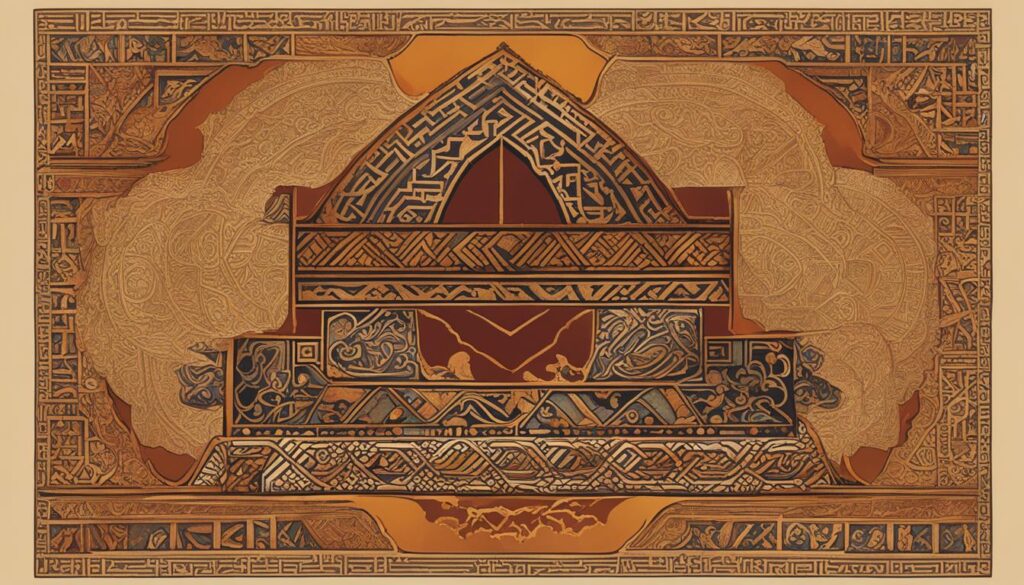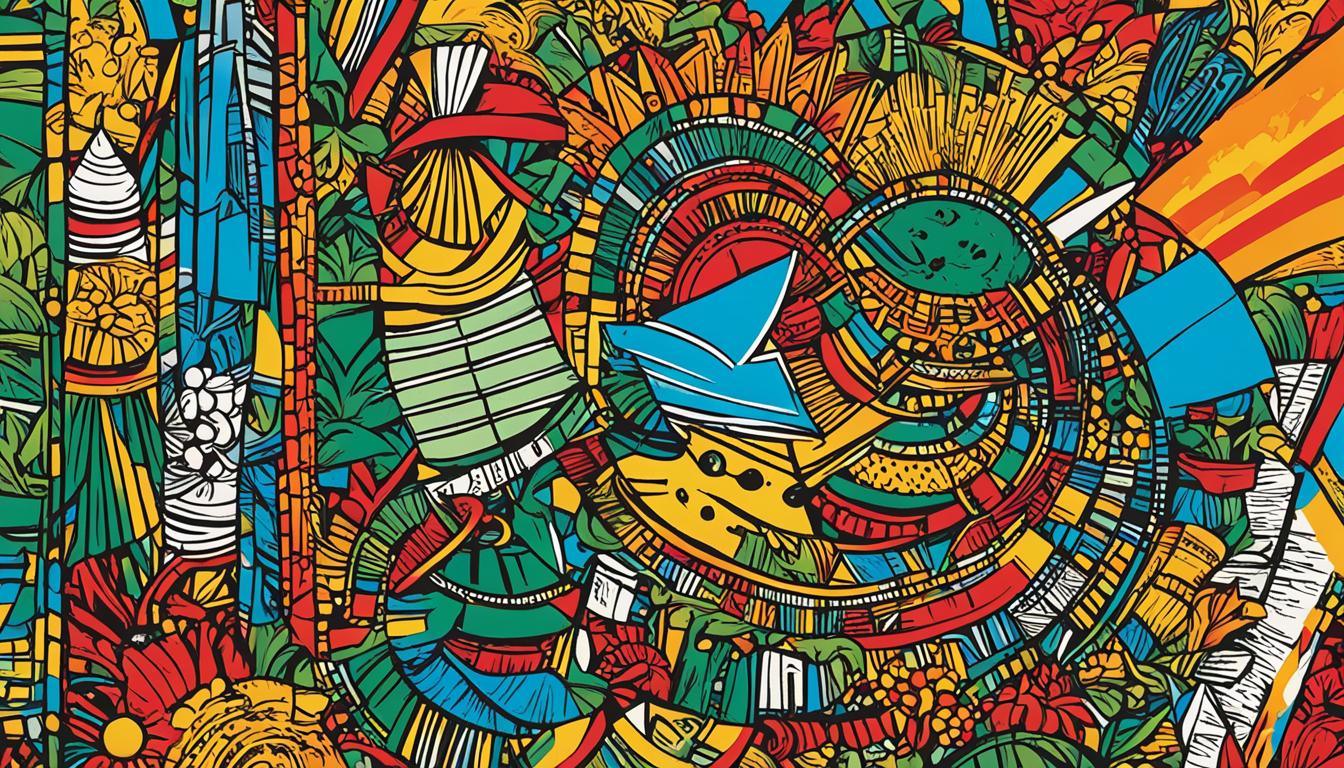Did you know that the Kimwani language, also known as Mwani, is spoken by an estimated 167,150 people in Mozambique? It is a Bantu language primarily spoken in the Cabo Delgado Province, including the Quirimbas Islands. Kimwani has its own unique linguistic features, cultural significance, and historical background. In this article, we will explore the fascinating world of the Kimwani language, including its dialects, vocabulary, writing system, and influence on the vibrant Mwani community in Mozambique.
Kimwani Language Features and Sounds
The Kimwani language, similar to Swahili, possesses distinct features and sounds that contribute to its unique linguistic characteristics.
Unlike Swahili, Kimwani has lost the feature of lexical tone and does not possess the penultimate stress characteristic. However, it does exhibit a movable pitch accent, which adds variation to the pronunciation.
One notable feature of Kimwani is the frequent occurrence of consonant labialization and palatalization of /r/. These modifications contribute to the distinct sounds of the language.
Nasalization of vowels in Kimwani only occurs before a nasal consonant followed by another consonant. This nasalization adds another layer of complexity to the language’s phonetics.
Kimwani has a set of five vowel phonemes consisting of /a/, /e/, /i/, /o/, and /u/. These vowels are pronounced similarly to Spanish and Hawaiian.
Furthermore, Kimwani encompasses a wide range of consonants, including nasals, plosives, fricatives, trills, and approximants. This diverse collection of consonant sounds adds richness to the language and contributes to its unique identity.
In summary, Kimwani’s pronunciation and phonetic features, such as movable pitch accent, consonant modifications, nasalization, and diverse vowel and consonant phonemes, distinguish it as a fascinating language with a distinct sound system.
| Kimwani Vowels | Kimwani Consonants |
|---|---|
| /a/ | Nasals: /m/, /n/, /ɲ/ |
| /e/ | Plosives: /p/, /b/, /t/, /d/ |
| /i/ | Fricatives: /f/, /v/, /s/, /z/, /ʃ/, /h/ |
| /o/ | Trills: /r/ |
| /u/ | Approximants: /l/, /j/, /w/ |
Writing and Orthography of Kimwani
Kimwani, a unique Bantu language spoken on the coast of Mozambique, can be written using different systems. These systems include:
- The Swahili-based spelling system
- A slightly modified spelling system used in Mozambique schools
- A Portuguese-based spelling system
The differences between these systems mainly involve the representation of specific sounds. For example, the /tʃ/ sound can be written as “ch” in the Swahili-based system, “cala” in the modified system, and “tchala” in the Portuguese-based system. Each system has its own conventions for representing Kimwani phonemes.
The alphabet used in Kimwani follows the standard phonetic values of the International Phonetic Alphabet (IPA). This ensures consistent pronunciation across different systems and facilitates learning and communication in Kimwani.
| Kimwani Phoneme | Swahili-based System | Modified System | Portuguese-based System |
|---|---|---|---|
| /tʃ/ | ch | cala | tchala |
| /k/ | k | ca | ca |
| /s/ | s | sa | sa |
| /m/ | m | ma | ma |
This table illustrates the representation of different phonemes in the three Kimwani writing systems.
By having multiple writing systems, Kimwani accommodates different linguistic influences and preferences, making it accessible to a wider audience and preserving its unique cultural identity.

Mwani Language and Culture
The Mwani community, who speak the Kimwani language, live along the coast of northern Mozambique. Their culture is centered around fishing and is influenced by Arab merchants from centuries ago. The Mwani people have a deep connection to the ocean and rely on it for their livelihood through fishing. In addition to fishing, some Mwani people are involved in transporting people by sea, trading, baking, and farming. The Mwani value peace, harmony, relationships, family bonds, and respect for the elderly. Despite their proximity to Swahili-speaking communities, there is still a significant difference between Kimwani and Swahili, making it difficult for speakers of each language to understand each other.
Conclusion
The Kimwani language is a fascinating Bantu language that is spoken in Mozambique. With its unique linguistic features and influences from Portuguese, Swahili, and local languages, Kimwani has developed its own distinct identity. The Mwani community, who are the speakers of Kimwani, have a rich and vibrant culture that is centered around the ocean and fishing.
Despite the similarities between Kimwani and Swahili, the two languages are not mutually intelligible. Kimwani has its own vocabulary, grammar, and pronunciation that sets it apart. Learning Kimwani opens up a world of possibilities for understanding the culture, history, and traditions of the Kimwani speakers in Mozambique.
For those interested in exploring the intricacies of Kimwani, there are resources available such as Kimwani dictionaries and educational materials. By delving into Kimwani linguistics, one can gain a deeper appreciation for the language and its unique characteristics. Whether you are fascinated by languages or simply want to connect with the Kimwani community, learning Kimwani is an enriching experience that will broaden your understanding of this vibrant culture.
